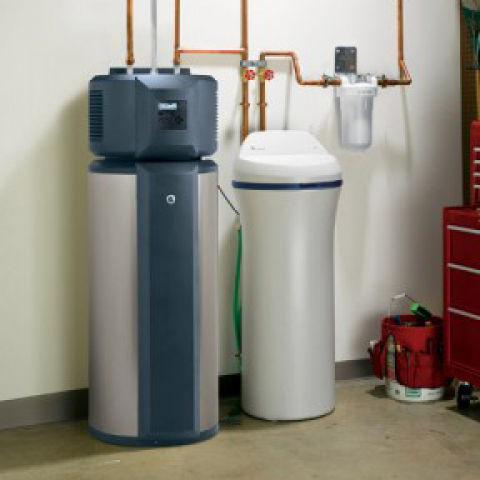

Water heating is now the second largest residential energy user, trailing only space heating. The latest generation of Heat Pump Water Heaters represents an exciting new opportunity for the Northeast and Mid-Atlantic regions to achieve significant energy and cost savings. Unlike electric resistance water heaters, HPWHs function much like a refrigerator in reverse.
Despite all of the promise associated with this technology, the market for HPWHs is still very immature, with market penetration at less than one percent. Regional stakeholders find themselves eager to heavily promote this technology, yet cautious to avoid pitfalls that other promising emerging technologies have experienced. As part of the growing interest surrounding HPWHs, NEEP addresses the growing barriers and recommendations in the Northeast and Mid-Atlantic Heat Pump Water Heater Market Strategies Report.
Once these barriers are cleared, analysis shows that a complete conversion of units 50 gallons and larger from standard electric resistance to energy efficient technology would secure nearly 340 Million kWh in annual electricity savings across the region, the equivalent of over 41,000 household’s annual electricity use. Summer peak demand would be reduced by 30 MW. The 240,000 metric tons of CO2 prevented is equivalent to taking over 50,000 cars off the road for a year. The savings opportunity from completely transforming the residential electric water heating market in this region from the incumbent electric resistance to the more efficient heat pump is encouraging news for state energy offices with aggressive energy and climate policy directives.
